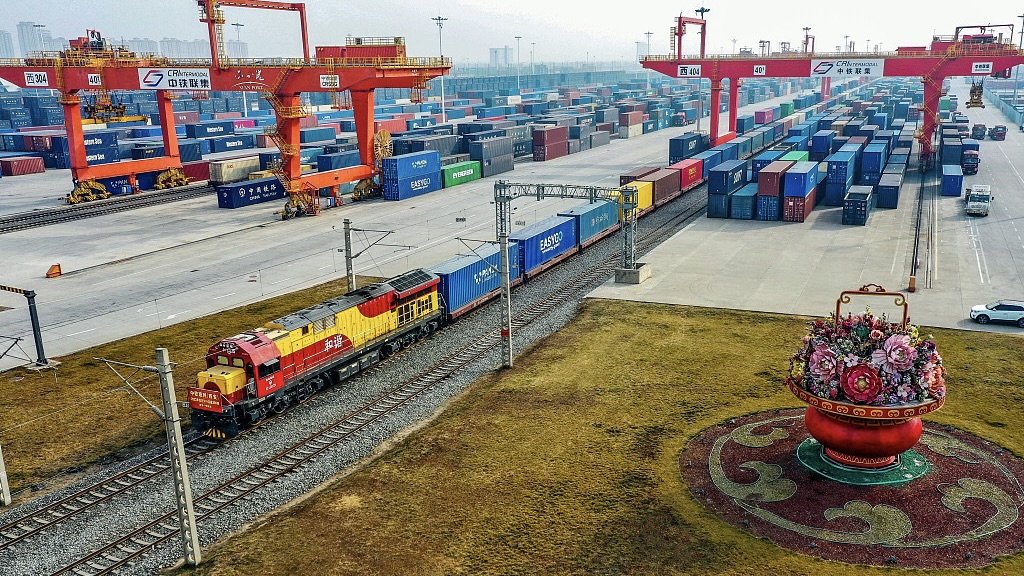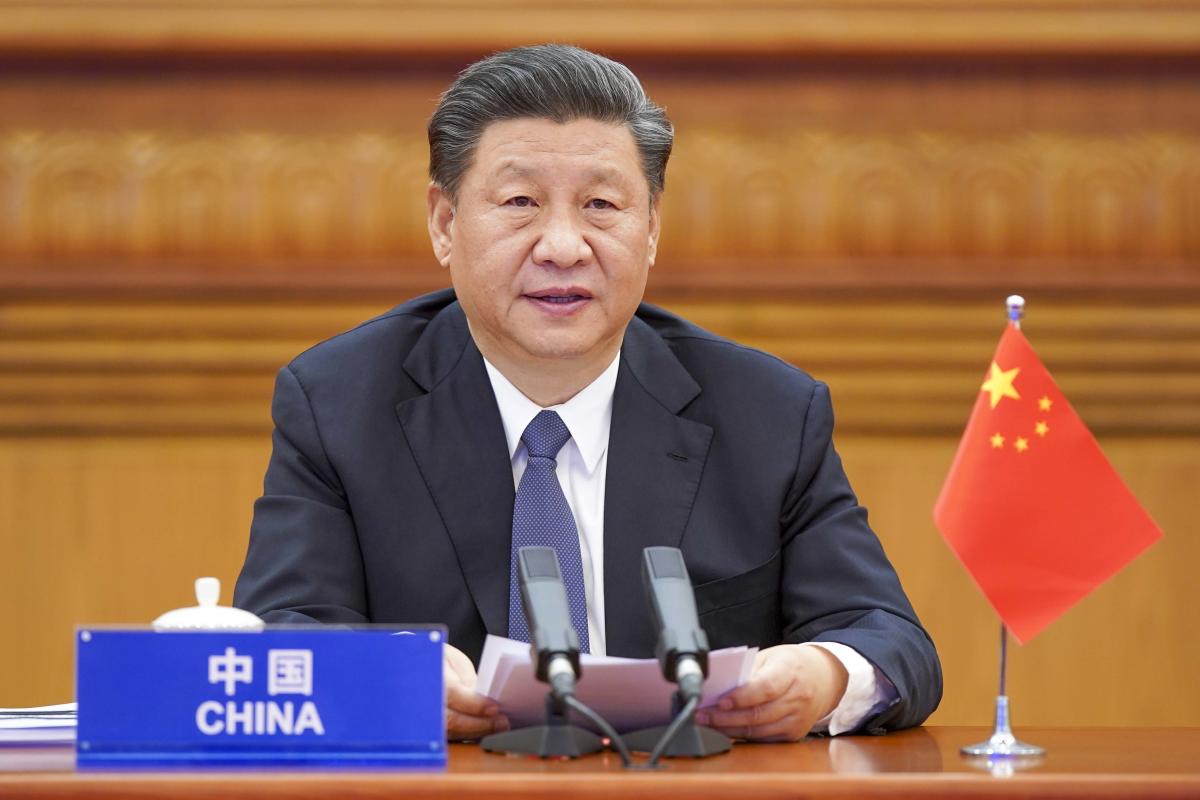For years, Pakistan had longed for the day when a Pakistan–India cricket match would once again take place on Pakistani soil. The desire was not merely for a sporting contest, but for the symbolic easing of tension that such a match could represent. The region’s circumstances had begun to shift in Pakistan’s favour; the memory of past cricket diplomacy still echoed in the collective consciousness. Teams from across the world had resumed touring Pakistan without hesitation, acknowledging the country’s stability and hospitality. Yet, in sharp contrast, India stood unmoved—unyielding in its refusal to send its team, clinging stubbornly to a narrative that no longer matched the ground reality.
But then, quite unexpectedly, something happened in early May—a move so abrupt that even seasoned observers of the Sub Continent were left astonished. India, which had refused to come for cricket, suddenly appeared in Pakistan not for a match played with bat and ball, but for one played with fire and steel. It arrived not to compete on a pitch, but in the dark of night, without invitation, without prior notice, and certainly without adherence to the rules of civility that neighbours are expected to uphold.
For a day or two, Pakistan was taken aback. It seemed as though India had arrived to play a match it had denied for so long, though of a far more dangerous kind. Yet, being a responsible neighbour, Pakistan chose to treat the situation with composure and clarity. If India insisted on playing a one-day contest, then Pakistan would face it with the calm confidence of a team that trusts its bowlers, its fielders, and its collective discipline. Thus began, in the intervening night between May 5 and 6, a brief but decisive engagement—one that would be remembered not for the noise it produced, but for the clarity with which it ended.
India, which had strutted into the arena with misplaced bravado, could not sustain even a fraction of the contest. Before twenty overs of the metaphorical match had passed, the matter was settled. In six hours, Pakistan’s armed forces dismantled India’s aggression with the precision of yorkers crashing into unsteady wickets. What followed were the kind of bouncers that leave the opposing side rattled and confused. When faced with the accuracy, preparedness, and resolve of Pakistan’s defenders, India abruptly insisted on ending the match altogether. The scoreboard was no longer in its favour, and the misadventure collapsed under the weight of its own miscalculation.
The matter could have ended there, but international politics rarely allows things to rest in silence. Soon after the brief confrontation, the President of the United States made remarks that shook India’s political leadership. With a casual tone that carried the subtlety of a seasoned satirist, he repeatedly teased India about the number of its aircraft shot down during the encounter. At times he said five, then moments later six, and occasionally seven. The shifting number became a source of widespread amusement.
For India’s Prime Minister, however, it became a lingering embarrassment. Wherever he went during the election campaign that followed, crowds echoed the question mockingly: “How many planes were there?” The scene recalled the classic dialogue from the iconic Indian film Sholay, where the villain Gabbar Singh asks in a menacing voice, “How many men were there?” Life, it seemed, had staged its own version of the script, with global politics taking on the flavour of cinematic irony.
From May 6 onwards, the U.S. President continued to make fresh disclosures about the downed aircraft, each statement renewing the sting of humiliation for New Delhi. And each time the topic of aircraft resurfaced, another memory presented itself—one that had unfolded recently on an entirely different stage.
At the Dubai Air Show recently as reported, where aircraft from around the world displayed their technological finesse, an Indian warplane became the subject of viral ridicule. As global audiences watched, the aircraft began leaking oil, and the footage spread across social media with remarkable speed. In the video, Indian mechanics and technicians could be seen scrambling with makeshift measures—holding plastic shopping bags to catch the leaking oil, collecting it in a box as though repairing a machine in a roadside workshop. The display reflected not the sophistication of a modern air force, but the alarming negligence and poor maintenance that have become increasingly visible in India’s military assets.
Just as this mishap was sinking in, tragedy struck again. An Indian Tejas fighter jet crashed during the show, killing its pilot, Wing Commander Vikram Singh. These consecutive failures reinforced the troubling truth; Indian warplanes, whether on display or in combat, had repeatedly become symbols of mishap rather than mastery. The incidents, comical to some and tragic to others, compounded the perception of recklessness and unpreparedness in India’s aerial ambitions. And the chain of such events only lengthened after the May skirmish.
Additionally, following India’s unprovoked intrusion, Pakistan suspended the use of its airspace for Indian passenger flights. The decision was strategic, proportionate, and in accordance with Pakistan’s sovereign rights. Since then, Indian airlines have had to take longer and more expensive routes, accumulating losses as they skirt around Pakistan’s air corridor. In this way, even commercial aviation became a reminder of the consequences of reckless adventurism.
Thus, from warplanes to passenger jets, the month of May marked a turning point—a moment when India’s aircraft, whether meant for battle or for transportation, became sources of inconvenience, embarrassment, and financial strain.
The lessons, however, remain clear. Pakistan seeks peace, dignity, and stability in the region. It has shown patience in cricket, restraint in diplomacy, and responsibility in defence. But peace cannot be safeguarded by one side alone. India must recognize that its actions do not merely disrupt the immediate calm; they unsettle the broader equilibrium of South Asia. At a time when the world looks toward cooperation and shared progress, adventurism serves no purpose—least of all for a nation that repeatedly finds itself on the losing end of its own misjudgments.
The region deserves tranquillity, not theatrics. The people of both countries deserve development, not destruction. India would therefore be wise to tread with caution, to value peace over provocation, and to ensure that no further miscalculation turns the skies—or the borders—into another dangerous arena.

Director General National Assembly Parliament House Islamabad.














